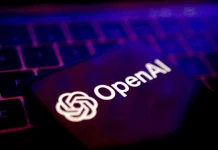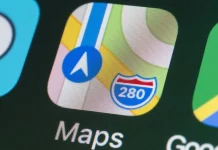A few days ago, Google finally clarified why its top AI image generation model is called Nano Banana, confirming that the quirky name was originally just a placeholder. The moniker stuck after the model went viral in August, with so many users adopting the name that Google decided to make it official. The company also shared details about how Nano Banana gained popularity even before the model was formally released to the public, along with the types of images that initially went viral. Given recent developments, Google may soon release a podcast episode explaining how Nano Banana 2 followed a similar viral trajectory and showcasing the unique images early testers created and shared online.
Meanwhile, we already have plenty of AI-generated images created with Nano Banana 2 to explore, thanks to users posting their creations on social media over the past couple of days. According to Testing Catalog, the new model might be officially unveiled as early as this week. It is expected to support 2K resolution images, multiple aspect ratios, and several notable improvements over its predecessor. These enhancements include “precise coloring, advanced control over view or angle, and correction of textual elements within generated images,” addressing known limitations of the original Nano Banana model.
The initial model powering Nano Banana 2 remains uncertain. Gemini 2.5 Flash is a candidate unless Google jumps directly to Gemini 3.0 Pro, which is also anticipated soon. Imagen 4 is another possibility. Internally, the model carries the code name Gempix 2. Reports suggest that Google plans to release multiple variants of Nano Banana 2, including a potential Pro version.
The impressive capabilities of Nano Banana 2
Testing Catalog highlights that Nano Banana 2 employs a novel multi-step image generation process: it spends time planning the output, generates an image, performs built-in analysis to detect and correct errors, then iterates as needed before delivering the final image to the user. This workflow is unprecedented in AI image generation and has the potential to significantly improve accuracy. The model was briefly available for preview through Media IO, during which it identified itself as a Google-developed AI, though it was pulled from Media IO on Sunday, according to Testing Catalog.
Some users on X observed that early tests of Nano Banana 2 appeared to lack certain safety guardrails. As showcased in various samples, testers were able to generate stunning images featuring celebrities and political figures. For instance, one image purportedly shows coverage of the 2027 presidential election on CNN, projecting Donald Trump to win a third term. Other examples demonstrate Google’s AI creating screenshots resembling Windows operating system screens, complete with generated text.





